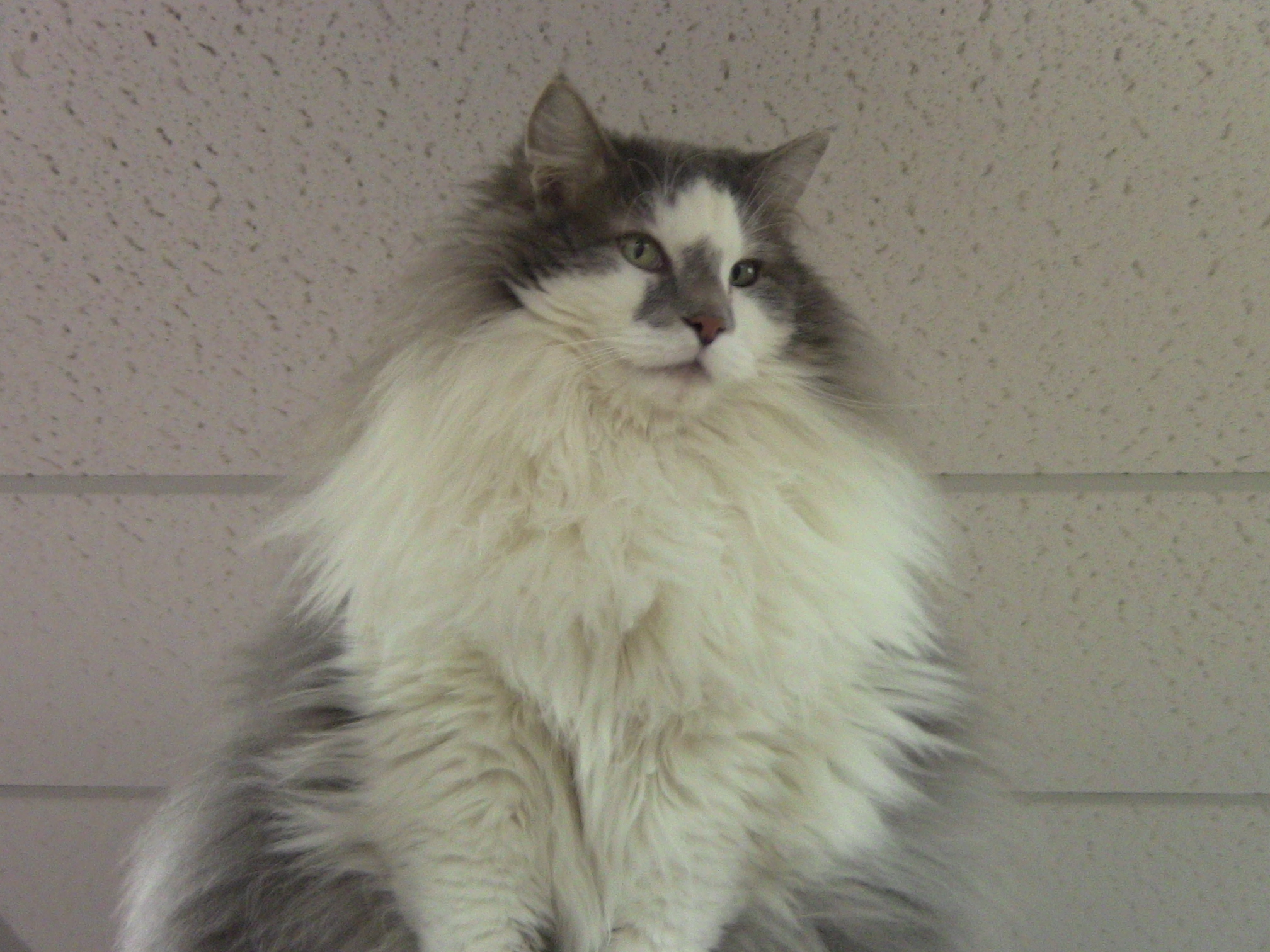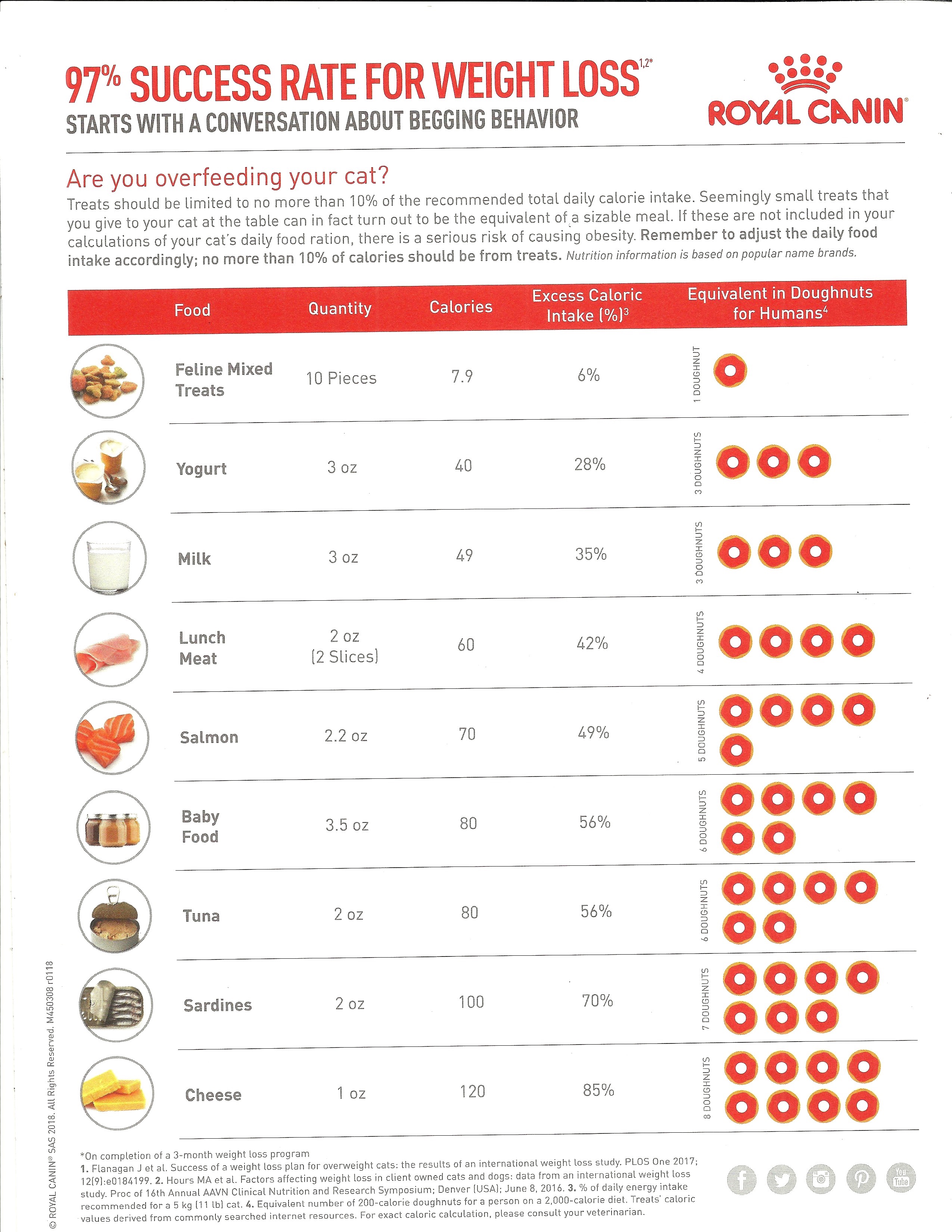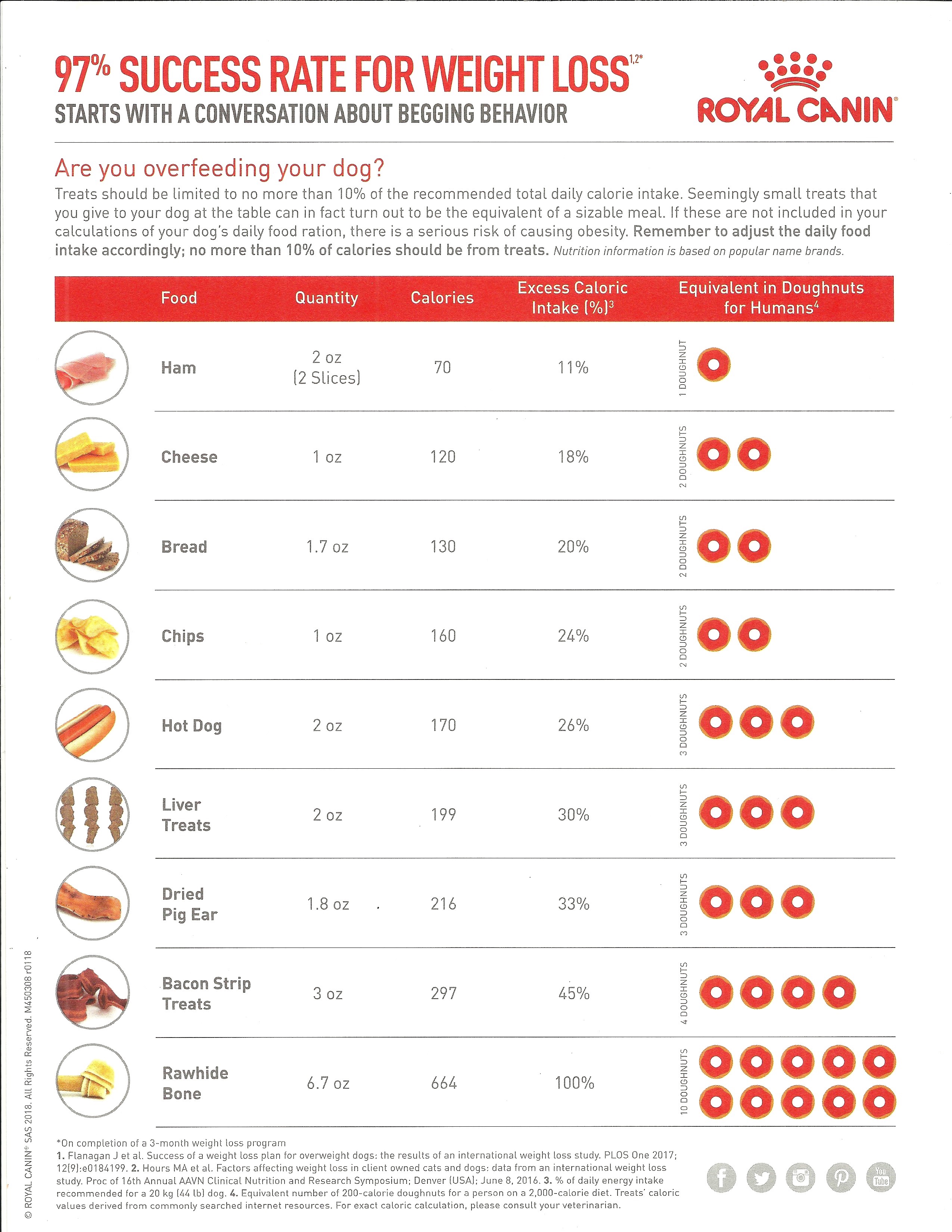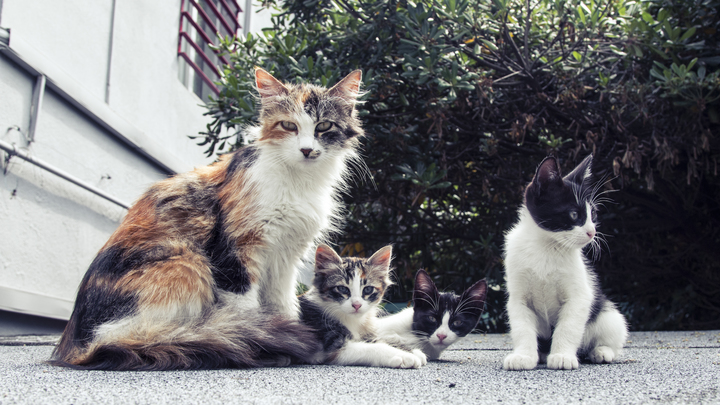Obesity and Arthritis on the Rise – Is There a Connection?
Obesity is on the rise in dogs and cats. This has been a concern for quite some time. We always have recognized a connection between weight gain and issues with mobility. Studies indicate that most pets have some arthritis by 3-5 years of age. It can be in one or more joints and that can make it difficult for them to be more active. With activity slowing down we then see weight gain on the rise. When a pet becomes less active we need to feed them differently to avoid the weight gain which then predisposes them to more arthritis. This is a very vicious cycle.
What are some things to consider when assessing your pets weight and daily caloric intake? The two things that I encourage people to keep in mind would be can you feel the ripple of the ribs under your finger tips? The second thing to look for is an indentation behind the ribs like a waistline. You do not want to physically see the ribs when they are breathing since that would indicate a need to have your pet gain weight. The February 2019 blog has a body condition chart that you can reference if you like. If you do these simple things with your pet and realize they are heavier than they should be, what should you do now?
I am constantly aware of Bleu, my weimaraner’s weight. I had noticed he was getting heavier as he was aging. I had been feeding him a joint and coat care diet from Royal Canin. The caloric intake per cup was 383 kcal/cup. I decided to switch his formula to the Royal Canin weight care formula and that diet has only 301 kcal/cup. He has now returned to his normal body weight and as winter sets in and activity decreases, I may need to make another adjustment. I would choose to feed him less daily to adjust for the change in activity. A good daily bench mark for volume of food to feed is 1 cup/20 lbs of body weight for a dog and ½ cup/10 lbs body weight for a cat. I realize some diets suggest more but with a pet that is showing weight gain this would be a place to start. If you decide to try a weight loss formula or a reduced fat formula, you must know the kcal/cup number. Without that number, the weight loss product could have more kcal/cup than the food you are currently feeding. There are no standards for how many kcal/cup are in a weight loss food. Therefore, you need to know how many kcal’s you have been feeding daily before you can decide what new diet you should use.
Another factor contributing to our obesity issue in our furry friends is the introduction of people foods and treats. All of these items have calories. Treats and any people foods should be limited to 10% of the calories of their total daily intake. These two charts compare pet treats to us eating donuts. A very good visual based on their smaller body size. How many donuts are your pets eating in a day?
Another recommendation I have is to have a daily treat container. Place the treats that your furry friend gets daily into that container. When the treats are gone everyone in the home knows that they cannot give anymore. Our pets are extremely good at working with each individual in the home to get a little something from everyone. They know who is the easiest to convince to give them a treat or a piece of their dinner.
I realize that everyone that comes into Winterset Veterinary Center and sees Hemingway, our clinic cat, questions how we can talk to them about weight when he is so “fluffy”. Two things that I will mention about Hemingway. First when we realized he was getting heavy we started restricting his food. What happened was he would chew through multiple bags of food and basically had a smorgasbord of options. Then we attempted to keep him on the weight reduction diets and he started having more vomiting episodes. Now we feed him the prescription diet for food sensitivities that does not have a low kilocalorie option. He is now an example of what not to do with your pets weights. I understand how difficult it can be with some pets and changing their eating behaviors and or diets.
It is important that you find ways to show love to your furry friends that does not involve food. They need affection and activity more than they need kilocalories. I was reminded last year at the time of my kidney donation that obesity cannot be defeated by exercise. Obesity is a problem because we in America eat more than we should. We are now doing the same thing to our furry friends and this health concern is affecting their quality of life by making them more prone to osteoarthritis, diabetes, kidney disease, heart disease, etc. Does this sound familiar with what human doctors are saying? Enjoy the fall temperatures and get outside and explore Madison County and all it has to offer.





